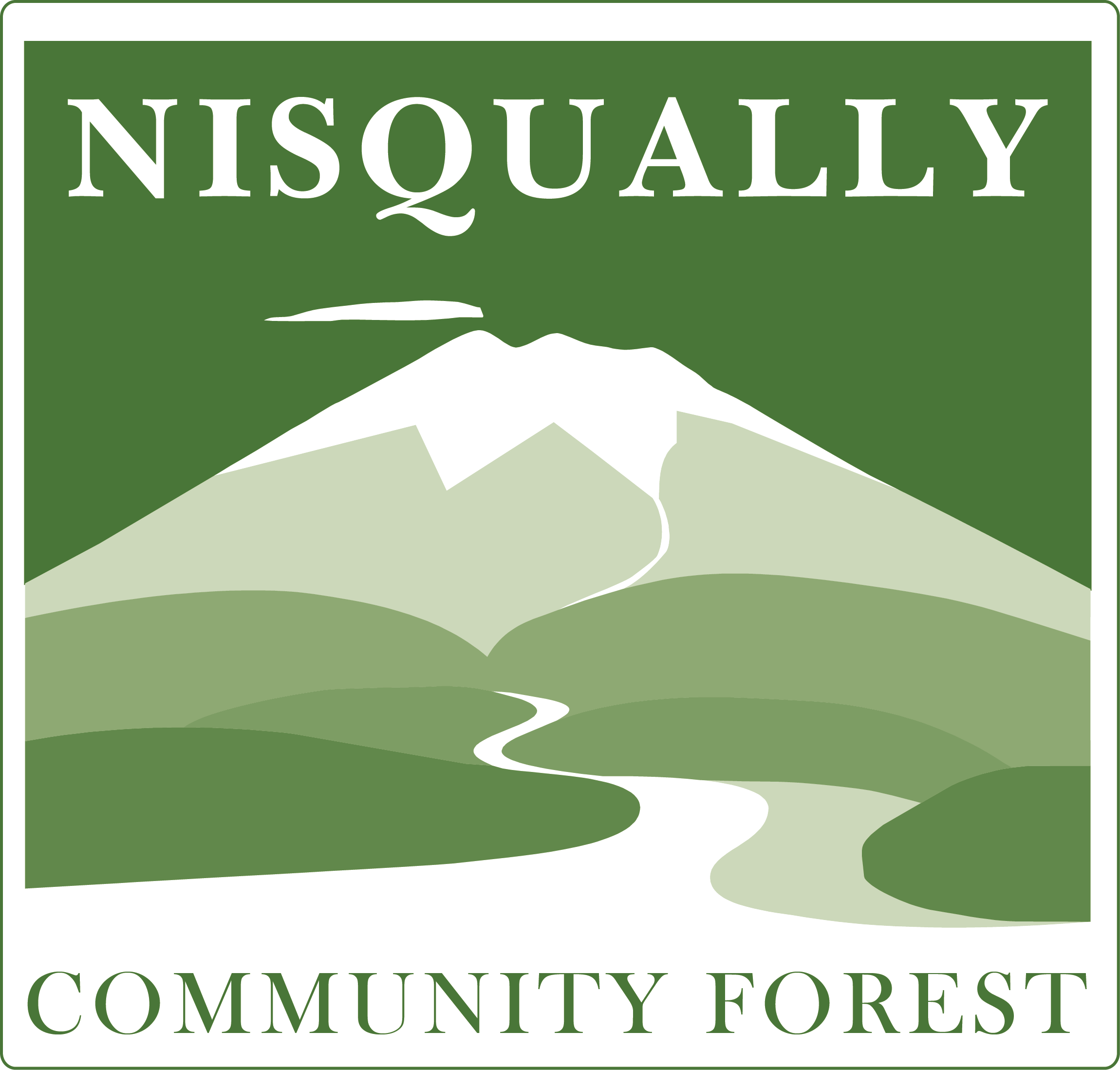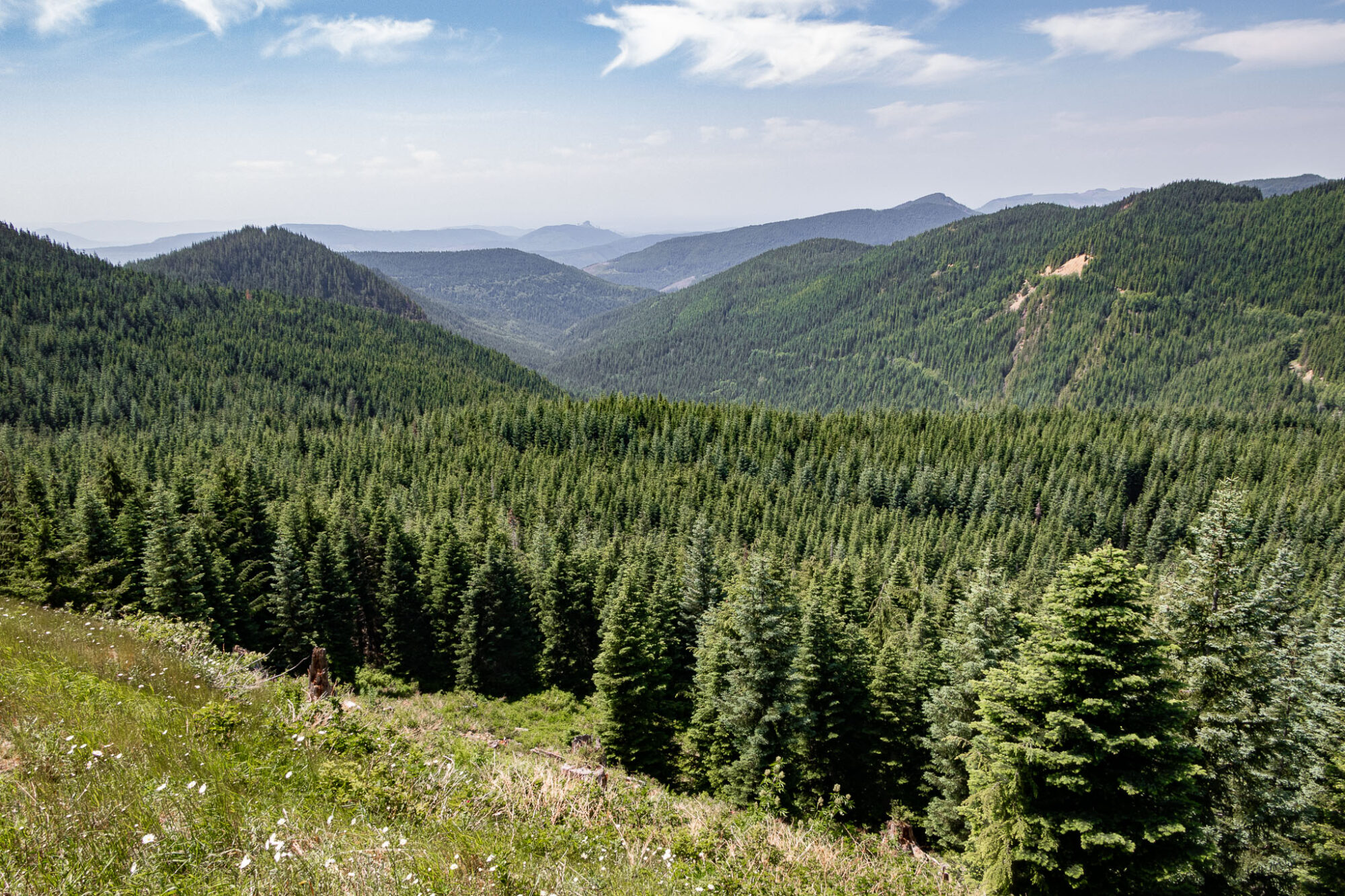The upper Nisqually River Watershed holds some of the most productive forestland in the world. For most of the past century, much of this land has been privately held and managed under a stand-replacement (clearcut) forestry regimen that prioritizes revenue production and financial returns to shareholders. Tens of thousands of acres of once diverse forest have been transitioned into monoculture industrial plantations populated almost entirely by the region’s most commercial tree species, Douglas fir. Typically, these forests are clearcut every 35 to 40 years – an age that maximizes the financial return on investment but prevents the forest from regaining its full biological capacity.
Since 2014, Nisqually Community Forest and our partner, the Nisqually Indian Tribe, have been acquiring tracts of these plantation lands. Between us, we now hold title to a forest block of 5,500 acres along Busy Wild Creek, the headwaters of the Mashel River, the largest tributary to the Nisqually River. Among other things, Busy Wild Creek provides critical habitat for the recovery of Nisqually Chinook salmon and steelhead trout, both of which are listed as threatened under the Endangered Species Act.

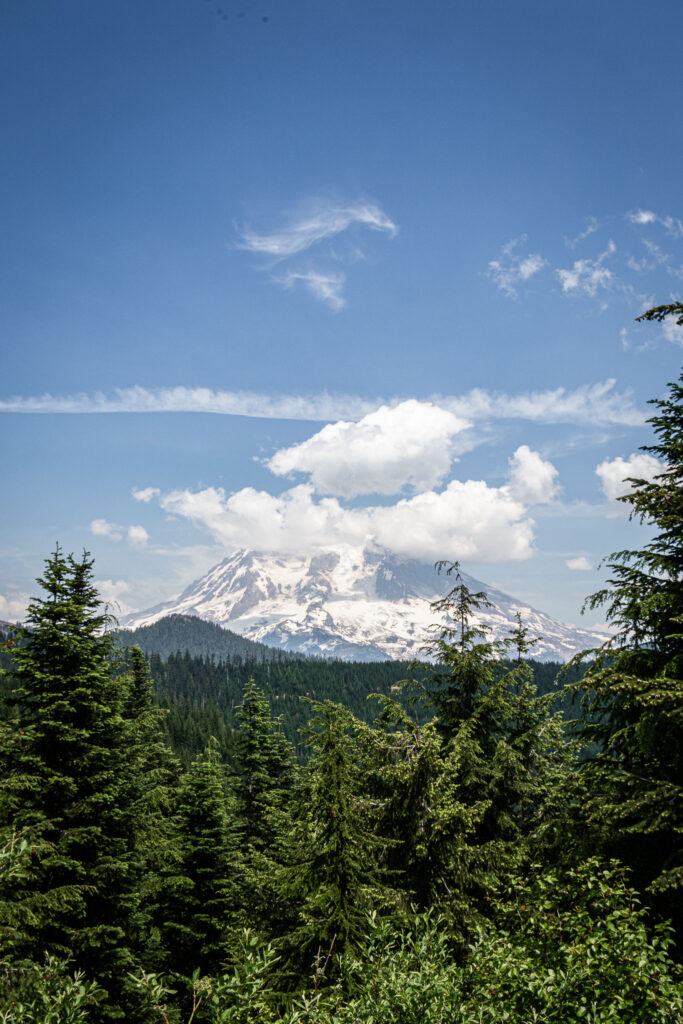
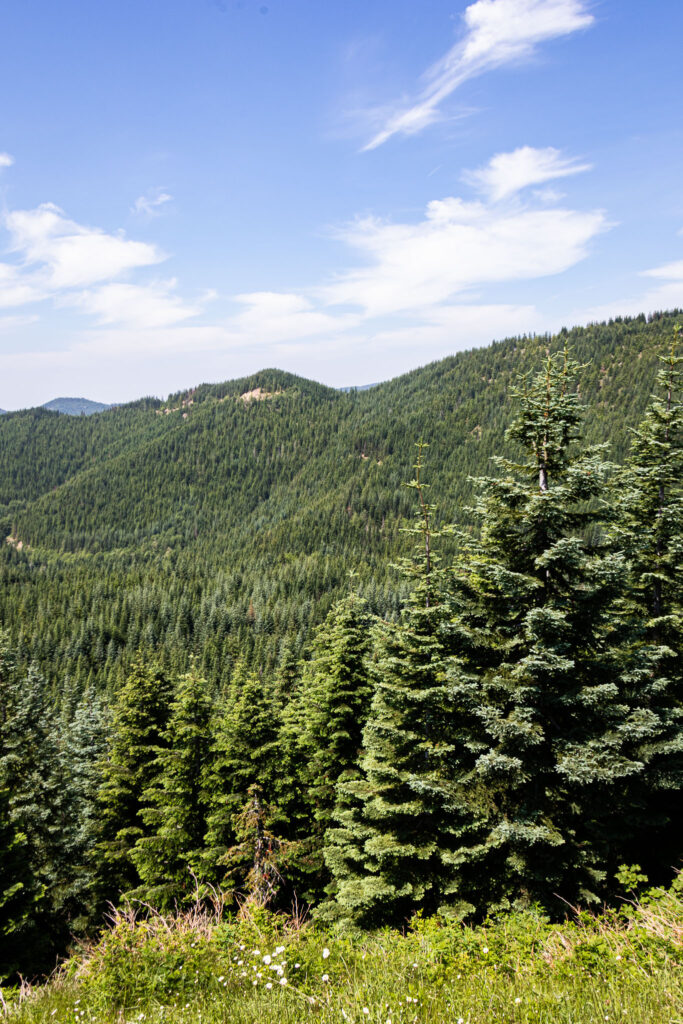
Under our Nisqually Community Forest Management Plan, we are transitioning these timberlands from plantation forestry to a regimen of ecological forestry, which supports steady, sustainable local jobs through continued timber production while restoring forest characteristics such as biodiversity, carbon sequestration, watershed protection, and wildlife habitat.
Counterintuitively, perhaps, forest stands that have been managed under a clearcut regimen often grow back so densely that they are overstocked and stunted, with virtually no understory and little diversity. Through our practice of ecological forestry, we nurse these forest habitats back to ecological health through strategies such as lengthening overall rotations, practicing commercial thinning from below – that is, selectively removing younger, smaller trees to allow larger trees to grow older, faster – increasing stream buffers, increasing protection on unstable slopes, and, in both young and overstocked stands, encouraging the forest to regrow its full suite of native species.
Our landscape, on the west slope of the Cascades, climbs from 1,840 feet to 4,600 feet in elevation and traverses the Western Hemlock, Pacific Silver Fir, and Mountain Hemlock forest zones. Its native species include conifers – silver fir, noble fir, western red cedar, western hemlock, and spruce, in addition to Douglas fir – with an understory of deciduous tree species such as big-leaf maple and red alder and a rich mix of non-tree species that, depending on site conditions, can include salal, swordfern, vine maple, Oregon grape, red huckleberry, western brackenfern, and common beargrass, among many others.
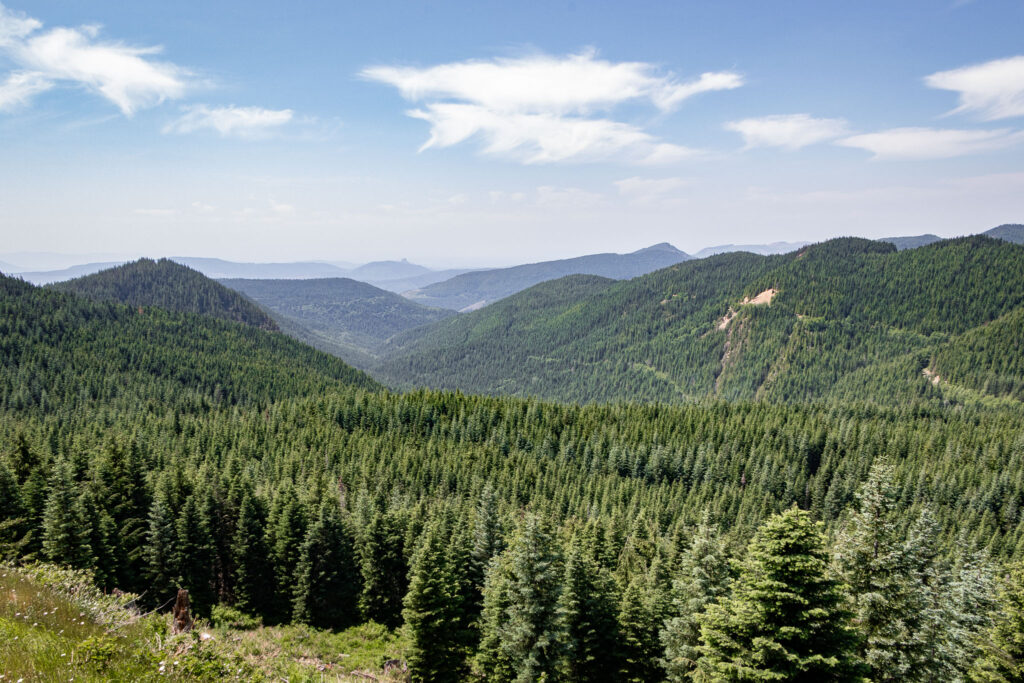


Over time, managing the forest in this manner will return it more closely to the structure of an intact native forest, with an ecosystem that optimizes the sequestration and long-term storage of carbon; is highly resilient to, and can recover quickly from, natural disturbance regimes; has an increased capacity for stormwater retention; provides a broad spectrum of habitat niches; and supplies economic and recreational opportunities for our local communities.
Overall, the Nisqually Community Forest Management Plan’s forest-management objectives include:
Short term (1-10 years):
- Thin dense stands to enhance forest health and timber productivity
- Improve wildlife habitat through snag creation, distribution of downed woody debris and forage planting
- Develop and implement control and eradication measures for noxious non-native plant species
- Begin a systematic monitoring program to inventory and assess forest resources and wildlife habitat
- Develop an annual commercial thinning plan that provides sufficient income to pay for all forest management expenses and provides positive revenue to the community forest
- Implement research and development programs to demonstrate structure-based forest management principles
- Host educational forestry tours and events for the public.
Long term (10+ years)
- Restore historic species composition and habitat complexity throughout the forest
- Begin restoring areas of forest to late seral conditions
- Produce periodic income through commercial thinning
- Use forest resources as a model for structure-based forest management
- Recruit or retain legacy trees, old and large trees, snags and downed woody debris in order to sustain populations of native plants, fungi, and animals, both within individual forest stands and across the entire forest
- Monitor forest ecosystem dynamics, record and analyze trends and periodically update the forest management plan to reflect new strategies for managing the forest
